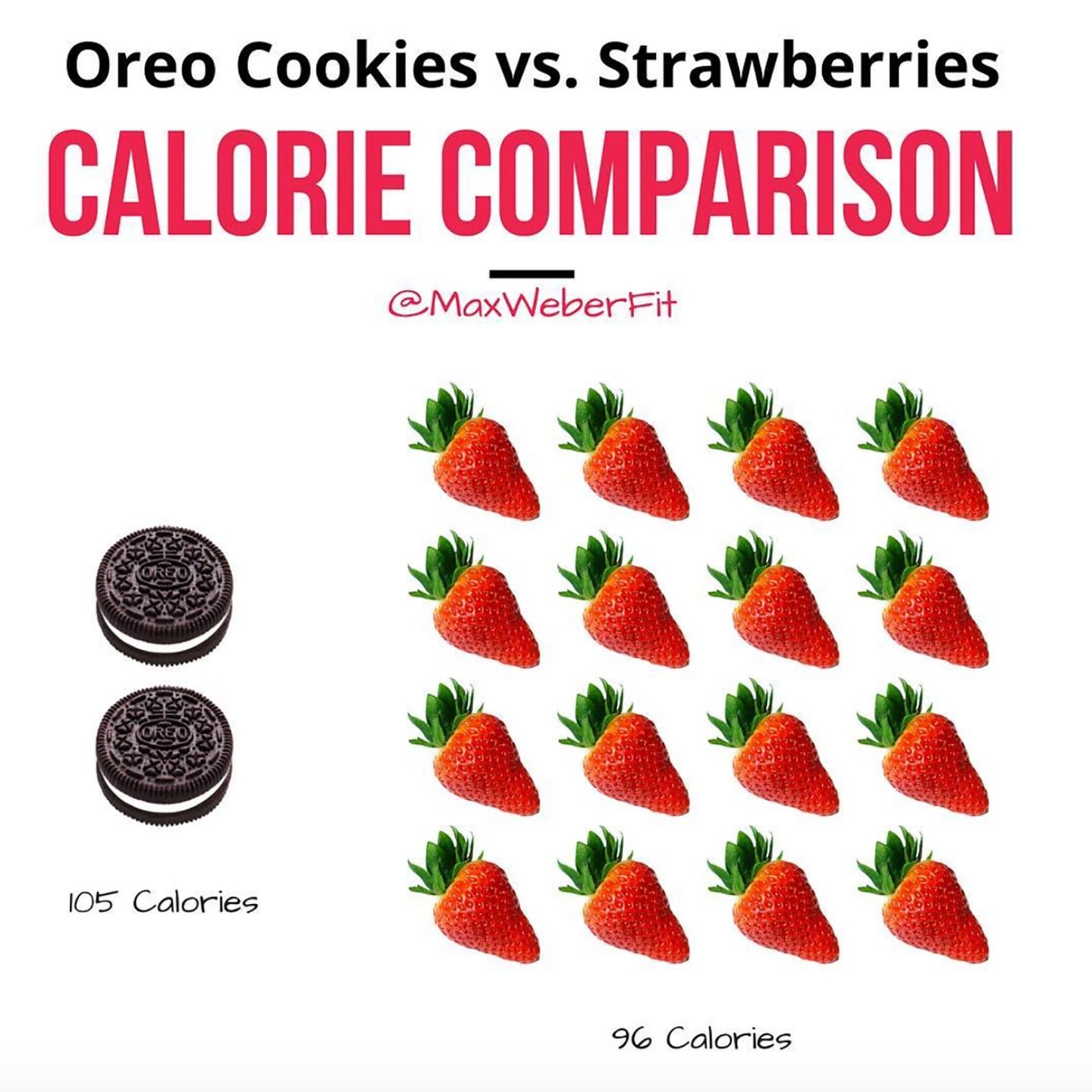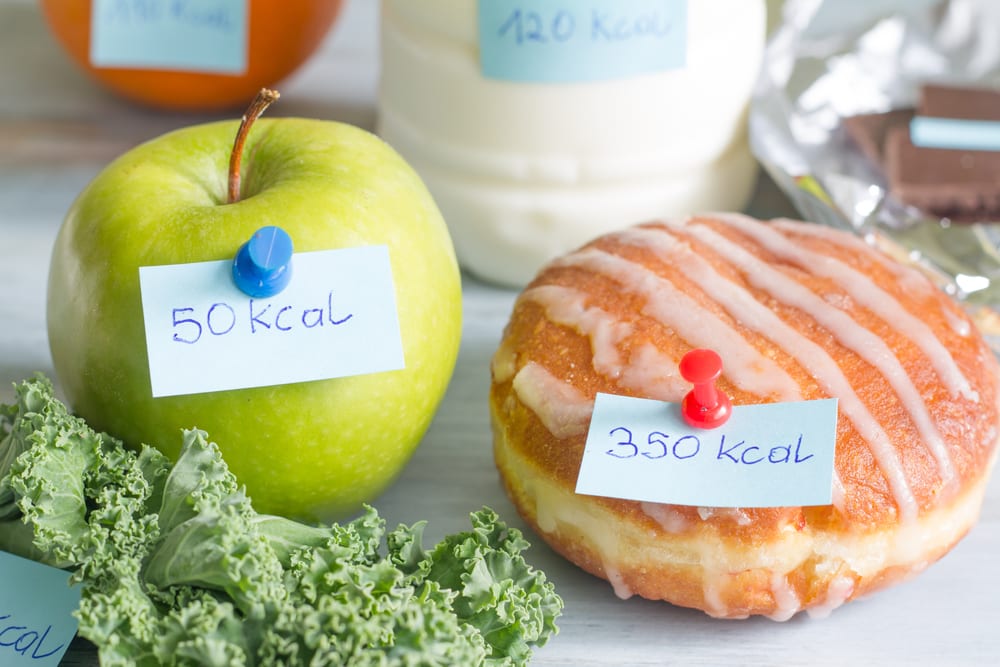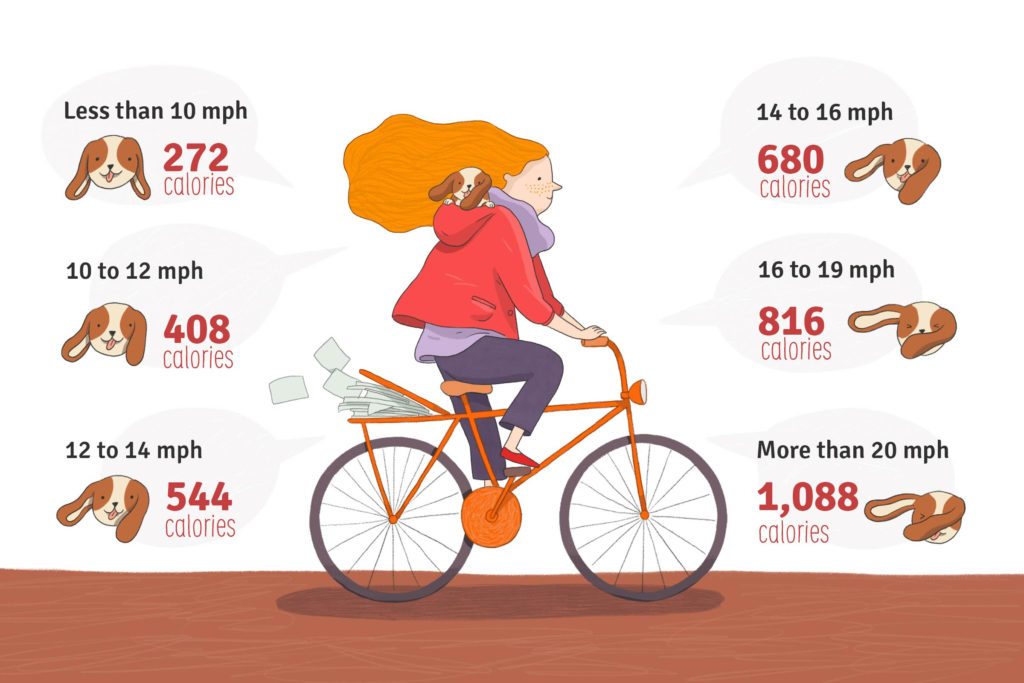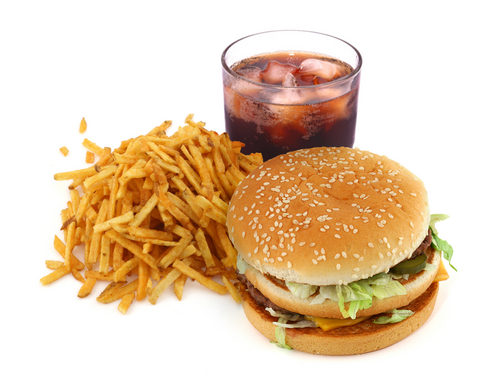Myth 1: All calories are the same

In the past few years, we’ve learned a lot more about how our bodies react to identical calorie levels from different foods, and a new Harvard study is further proof.
Another recent study found that saturated fats, like those found in butter, whole milk, and fatty meats, may override the body’s natural satiety mechanism (which enables you to feel full), whereas unsaturated fats, from plant sources like olive oil, avocado, and nuts, may enhance satiety, even when the calorie levels don’t differ.
A key study from Wake Forest University found that, even at the exact same calorie and fat levels, monkeys fed trans-fats gained four times more weight and 30 percent more belly fat compared to those given meals made with natural, plant-based fats.
2. Calories Fuel Our Bodies
.jpg)
Actually, they don’t
A calorie is simply a unit of measurement for heat; in the early 19th century, it was used to explain the theory of heat conservation and steam engines. The term entered the food world around 1890, when the USDA appropriated it for a report on nutrition. Specifically, a calorie was defined as the unit of heat required to raise 1 gram of water 1 degree Celsius.
To apply this concept to foods like sandwiches, scientists used to set food on fire (really!) and then gauge how well the flaming sample warmed a water bath. The warmer the water, the more calories the food contained. (Today, a food’s calorie count is estimated from its carbohydrate, protein, and fat content.) In the calorie’s leap to nutrition, its definition evolved. The calorie we now see cited on nutrition labels is the amount of heat required to raise 1 kilogram of water by 1 degree Celsius.
3. Weight gain is caused by eating more calories than you expend.

Calorie fetishists love pointing out that weight gain requires overeating. That is, everyone who gains weight necessarily ate more calories than they expended. Okay. We’ve established that everyone agrees on this. But it’s just restating the issue. It doesn’t tell us anything new or useful. It’s merely descriptive, not explanatory.
To show you what I mean, let’s do the same thing with other phenomena.
Why did Usain Bolt win the 100 m final in the Beijing Olympics? Because he crossed the finish line first. Why is the restaurant so crowded? Because more people entered than left.
4. Myth 3: Counting calories is the key to weight control

A recent study from the University of California, San Francisco found that it can actually backfire.
The researchers randomly assigned 121 women to one of four diets: Group one tracked their calories, keeping them to 1,200 a day.
Group two ate normally, but recorded the number of calories they consumed. Group three ate 1,200 calories a day, but did not have to record them, and
Group four ate normally, without any calorie-tracking. At the beginning and end of the three-week study, the researchers measured each woman’s cortisol and stress levels. When calories were restricted, cortisol levels rose. In addition, calorie-counting (even without cutting) made the women feel more stressed out.
5. Exercise Burns Most of Our Calories

Not even close
Even the most fanatical fitness nuts burn no more than 30 percent of their daily calories at the gym. Most of your calories burn at a constant simmer, fueling the automated processes that keep you alive—that is, your basal metabolism, says Warren Willey, D.O., author of Better Than Steroids. If you want to burn fuel, hit the gas in your everyday activities.
“Some 60 to 70 percent of our total caloric expenditure goes toward normal bodily functions,” says Howell. This includes replacing old tissue, transporting oxygen, mending minor shaving wounds, and so on. For men, these processes require about 11 calories per pound of body weight a day, so a 200-pound man will incinerate 2,200 calories a day—even if he sat in front of the TV all day.
6. Exercise Only Matters Because It Burns Calories

If you’re in the mindset that calories are king, then you might be driven to exercise to lower your daily calorie count so that you can (a) eat more food or (b) lose more weight.
If your motivation to exercise is only driven by burning calories, you’re misunderstanding the human connection to physical movement.
While exercise has become a chore of today’s overworked, chronically busy society, it is a basic physical need for human health – not just to lose weight. Physical movement is not just good for weight loss but necessary for the health of our muscles, heart, digestion, and hormones.
7. Low-Calories Foods Help You Lose Weight

Not always
Processed low-calorie foods can be weak allies in the weight-loss war. Take sugar-free foods. Omitting sugar is perhaps the easiest way to cut calories. But food manufacturers generally replace those sugars with calorie-free sweeteners, such as sucralose or aspartame. And artificial sweeteners can backfire. One University of Texas study found that consuming as few as three diet sodas a week increases a person’s risk of obesity by more than 40 percent. And in a 2008 Purdue study, rats that ate artificially sweetened yogurt took in more calories at subsequent meals, resulting in more flab. The theory is that the promise of sugar—without the caloric payoff—may actually lead to overeating.
8. Cutting 3,500 calories equals one pound of weight loss

The formula of cutting 500 calories a day to lose a pound a week has been touted for decades, but it doesn’t always work.
In addition to the unwanted side-effects under Myth 3 (raging hunger hormones and stress), if, by subtracting 500 from your current calorie intake you wind up eating less than it takes to support your ideal weight, you could wind up losing muscle mass and slowing down your metabolism, which in turn can make it harder to continue losing weight and easier to gain it back.
/**/ If you’r looking for workout clothes check out our shapewear and yoga leggings page.
Sources:www.cbsnews.com,www.active.com


